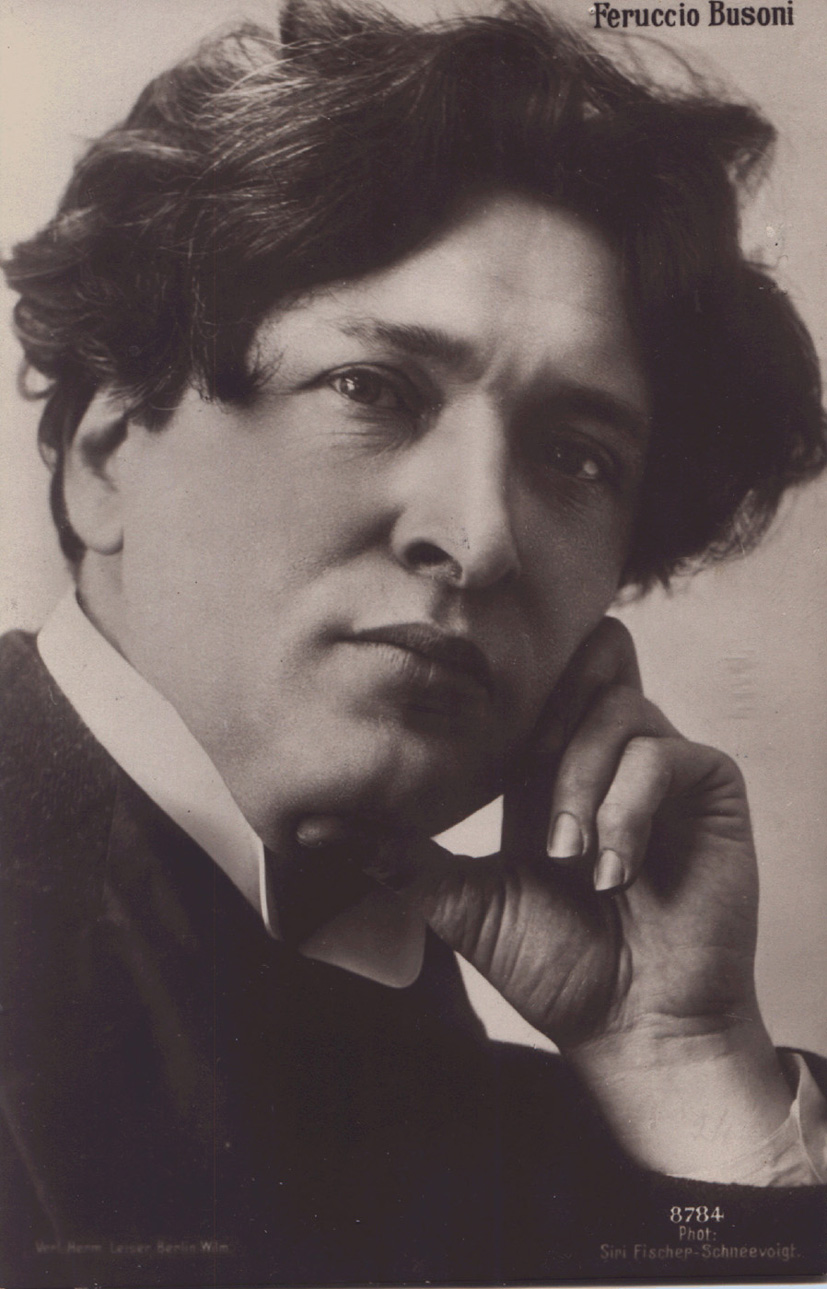Ferruccio Busoni is one of a handful of composers one might call "cult" composers, ones whose music has the power to perplex and even repel the mainstream classical audience but have passionate followers for just that power. A singular figure in Italian music, Busoni's style morphed from fine late Romanticism to a strange but assured stretching of the definition of tonality, omnivorous in its influences and demanding a great deal from performers and listeners alike. Despite being largely enamored of Bach, a noted genius of absolute music, Busoni's works were frequently colorful and exotic, such as his Indian Diary in piano and orchestral versions, and among his more programmatic music the Nuit de Noël (1908) is one of his most effective and memorable.
Despite Busoni never being aligned with the likes of Debussy and Ravel, Nuit de Noël is an Impressionist piece throughout, employing tricks like planing fifths right off the bat. The use of these techniques is Debussyian in several aspects, such as an enigmatic countermelody in the bass, slow trills right out of one of Debussy's water pieces, horn-like chord bursts in the tenor register, and turns so subtle one can only know them to be Debussyian while never putting them into words. Heck, it even shares Debussy's main publisher, Durand & Bros. Of course, Debussy would never break his own rules as much as Busoni does, relying on striking shifts in harmony, such as blurring the cascading fifths into a warbly off-minor key with a resounding bass pedal, to imbue the piece with a distant wonder very apt for Christmas night. It's one of his most immediately beautiful pieces, needing no explanation but containing sumptuously unanswerable questions. In lieu of Marc-André Hamelin's perfect recording, unavailable on YouTube, here's Roland Pöntinen's nearly perfect one instead - and what better playing could you ask for at this time of year or any other?
~PNK







No comments:
Post a Comment